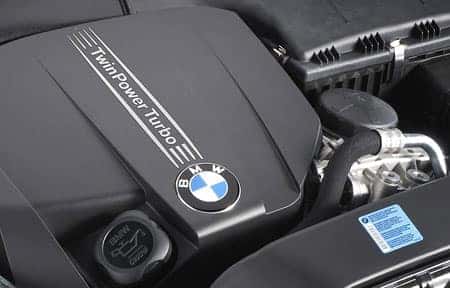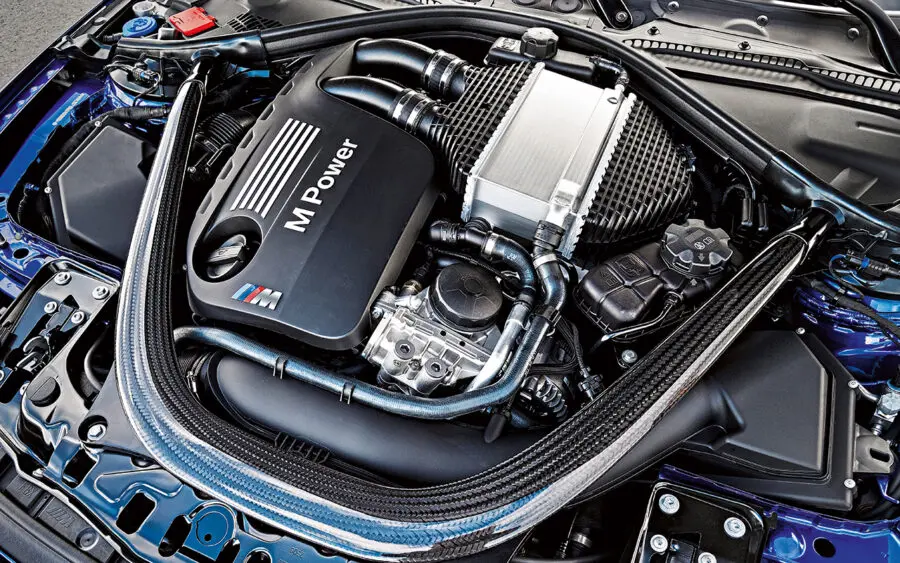Exploring the Development of Burning Engines in Modern Transport Solutions
As we browse the landscape of modern-day transportation, the advancement of burning engines stands as a testimony to human resourcefulness and engineering prowess. The interplay of history, technology, and environmental problems in shaping the trajectory of combustion engines creates a story that is both engaging and informative.
Early Beginnings of Combustion Engines
Just how did the principle of combustion engines initial emerge in the onset of transportation development? When the concepts of interior combustion were very first discovered, the origins of burning engines can be mapped back to the 17th century. In 1673, Christian Huygens conceptualized a fundamental internal burning engine that made use of gunpowder to generate power. However, it wasn't till the late 19th century that practical applications of burning engines in transport began to emerge.
The development moment featured the development of the initial effective gasoline-powered engine by Karl Benz in 1885 - bmw engine. This engine led the way for the advancement of the modern car, changing transport systems worldwide. Subsequent developments by Nikolaus Otto and Gottlieb Daimler further improved combustion engine modern technology, resulting in the mass manufacturing of cars and the quick development of the transportation sector
These very early combustion engines were identified by their simpleness and efficiency, laying the structure for the complex and powerful engines made use of in modern transportation systems. The evolution of combustion engines has contributed fit the means we travel and move goods, marking a significant milestone in the history of transport advancement.
Shift to Internal Combustion Modern Technology
The shift to interior combustion innovation noted an essential shift in the evolution of transport systems. This change began in the late 19th century, with inventors like Nikolaus Otto and Gottlieb Daimler creating the very first successful internal combustion engines. These engines transformed transportation by supplying an extra reliable and powerful option to vapor engines and electric motors.
Among the essential advantages of inner burning engines was their capacity to be reduced to suit automobiles, resulting in the advancement of bikes and cars. This shift from bulky, stationary engines to small, mobile ones led the way for the modern transportation systems we see today.
The shift to internal burning innovation also spurred innovations in fuel innovation, causing the development of gas and diesel as key gas resources for lorries. This change not only made transport much more obtainable to the masses however likewise laid the foundation for the oil and gas sector to become indispensable to international economies.
Effect of Combustion Engines on Transportation
The fostering of burning engines in transport systems catalyzed a profound shift in the effectiveness and rate of global flexibility. Combustion engines reinvented transport by supplying a trustworthy and versatile source of power for numerous cars, including autos, ships, planes, and trucks. This innovation dramatically enhanced the ability for products and individuals to conform cross countries in much shorter time structures, resulting in raised connectivity in between areas and countries.
Additionally, the prevalent usage of combustion engines has actually had a significant effect on financial growth. The capacity to deliver items efficiently has actually spurred trade and commerce, enabling services to increase their markets and get to customers worldwide. This has actually assisted in financial growth and globalization, as products can now be transported quicker and in larger quantities than ever.
Nonetheless, the ecological influence of burning engines can not be ignored. The combustion of nonrenewable fuel sources has brought about air contamination and greenhouse gas discharges, adding to environment adjustment and presenting wellness dangers to populations. bmw engine. Because of this, there is a growing focus on developing different propulsion modern technologies to alleviate these negative results and produce a more lasting future for transport
Developments in Burning Engine Style
One noteworthy advancement is the advancement of turbocharged engines, which use exhaust gases to drive a turbine that compresses inbound air, permitting for even more gas to be scorched, resulting in boosted power outcome without a considerable boost in engine size. Variable valve timing systems have actually likewise transformed engine style by optimizing airflow at various engine rates, improving both power and effectiveness. These developments collectively add to the constant renovation of burning engines in contemporary transportation systems.
Future Fads in Burning Engine Advancement
With technology improvements driving continuous development, the future of burning engine development is positioned to transform transportation systems around the world. One of the vital trends in burning engine advancement is the push towards better efficiency and lowered emissions.
An additional prominent pattern is the fostering of crossbreed modern technologies in combustion engines. Crossbreed engines combine standard burning technology with electric power, using boosted fuel efficiency and lower emissions. As the vehicle industry changes in the direction of electrification, crossbreed burning engines are viewed as a transitional option that connects the space between standard vehicles and totally electrical ones.
Moreover, the integration of wise innovations, such as fabricated knowledge and data analytics, is expected to play a significant role in the future of combustion engine advancement. These modern technologies can maximize engine efficiency in real-time, bring about more efficient combustion procedures and boosted total lorry efficiency. Welcoming these future fads will certainly not just drive advancement in burning engine advancement however likewise add to a much more sustainable and eco-friendly transport environment.

Final Thought
To conclude, the development of burning engines in contemporary transport systems has actually been noted by significant advancements in innovation and layout. From the very early starts of burning engines to the change to interior burning innovation, these engines have had a profound effect on transportation. Developments in burning engine layout remain to drive progression in this area, with future try this site patterns concentrating on further improving efficiency and lowering exhausts. The future of burning engines visit in transport looks appealing as research and development efforts remain to press limits.
The roots of burning engines can be mapped back to the 17th century when the principles of inner combustion were first discovered. These engines reinvented transportation by supplying a much more efficient and effective option to steam engines and electrical motors.

Comments on “The Duty of BMW Engine Design in Achieving Exceptional Fuel Performance”